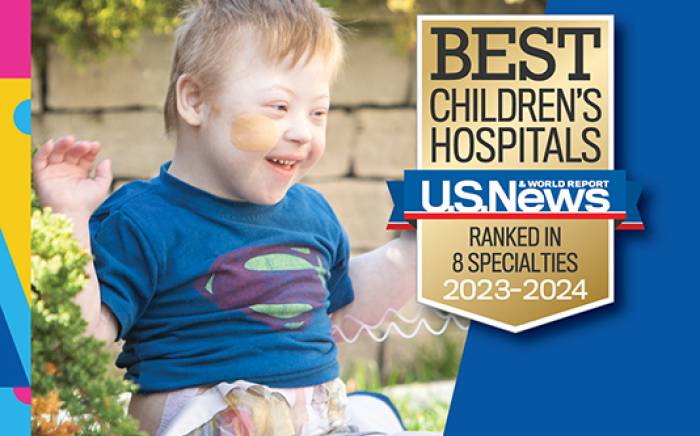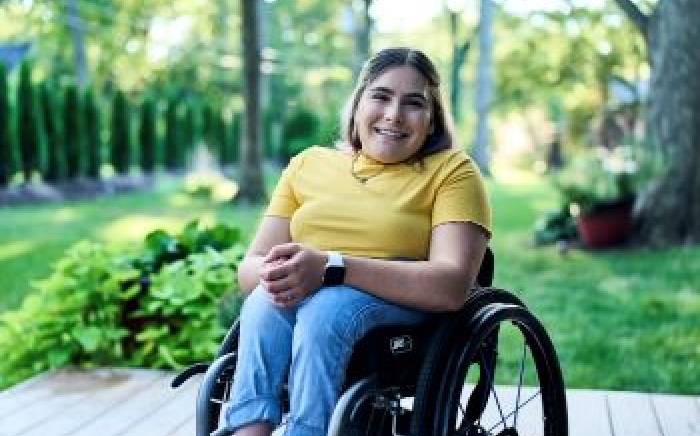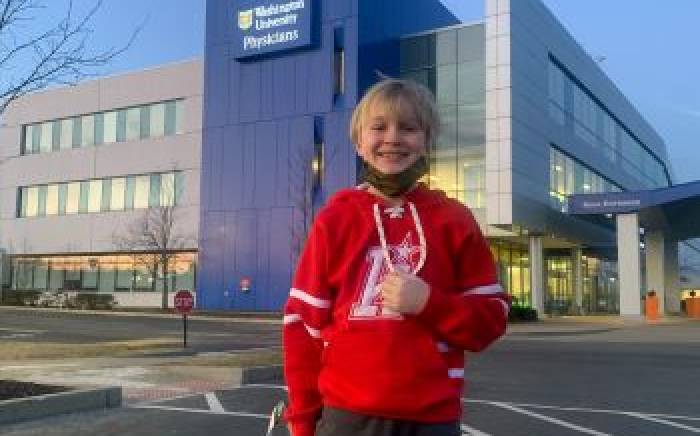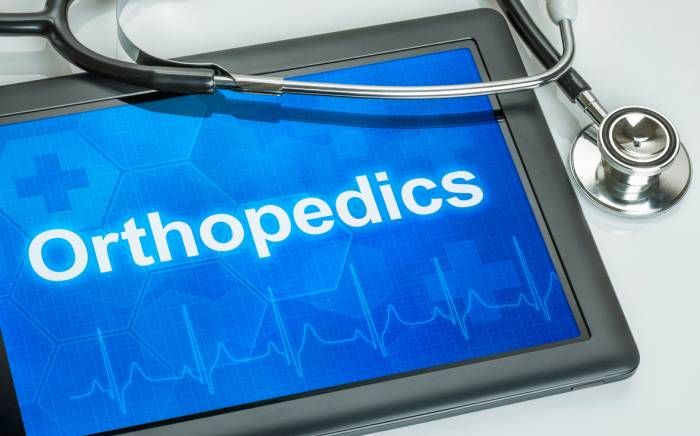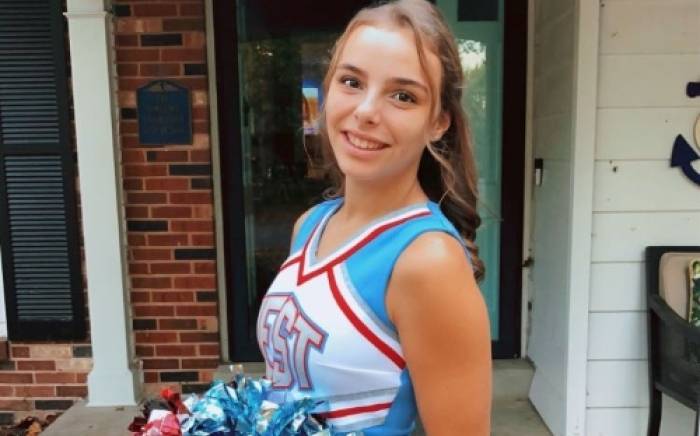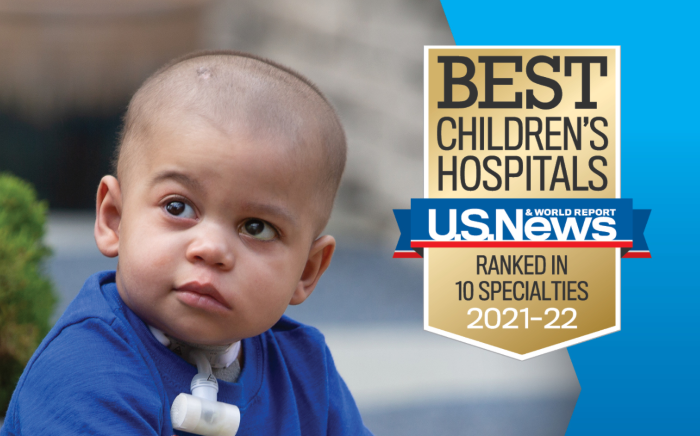Area children in danger of losing their fingers or hands due to major trauma should be sent directly to St. Louis Children’s Hospital. That was the lesson learned by Lori and Jeffrey Neuschwander when their then 6-year-old son, Lucas, crushed his finger between a 15-pound weight and a piece of wood.
“This happened around 9:30 a.m. The ring finger on Lucas’ left hand was split open and we could tell it was broken. We took him to the emergency room of a hospital in St. Charles,” says Lori. “After taking X-rays, the hospital’s plastic surgeon was contacted, but he was not willing to treat a pediatric patient. By 1 p.m., we were on our way to one of the area’s pediatric hospitals.”
Upon arrival, it was determined that Lucas didn’t have a pulse in his finger, possibly due to injury to the arteries. Surgery was performed around 4 p.m., and it was following that procedure the Neuschwanders first heard the word “reattachment.”
“Even after the surgery, the doctors couldn’t detect a pulse in the finger. That’s when we were told Lucas needed reattachment surgery because there wasn’t blood flow to his finger,” says Lori. “We were stunned. His finger wasn’t severed, it was still attached, but because it wasn’t getting blood flow, he was in danger of losing it.”
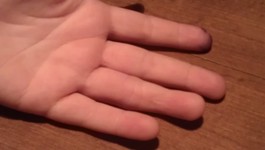 The Neuschwanders were referred to St. Louis Children’s Hospital, where Charles Goldfarb, MD, Washington University physician and pediatric orthopedic surgeon, and his colleagues, Martin Boyer, MD, Richard Gelberman, MD, and Ryan Calfee, MD, have particular expertise in pediatric finger and hand replantation. Additional surgeons who perform hand replantation include plastic and reconstructive surgeons Albert Woo, MD, chief of pediatric plastic surgery at Children’s Hospital, Keith Brandt, MD, Ida Fox, MD, Amy Kells, MD, PhD, and Thomas Tung, MD. St. Louis Children’s Hospital is the only pediatric trauma center in the region providing replantation and revascularization services for children 24 hours a day, 7 days a week.
The Neuschwanders were referred to St. Louis Children’s Hospital, where Charles Goldfarb, MD, Washington University physician and pediatric orthopedic surgeon, and his colleagues, Martin Boyer, MD, Richard Gelberman, MD, and Ryan Calfee, MD, have particular expertise in pediatric finger and hand replantation. Additional surgeons who perform hand replantation include plastic and reconstructive surgeons Albert Woo, MD, chief of pediatric plastic surgery at Children’s Hospital, Keith Brandt, MD, Ida Fox, MD, Amy Kells, MD, PhD, and Thomas Tung, MD. St. Louis Children’s Hospital is the only pediatric trauma center in the region providing replantation and revascularization services for children 24 hours a day, 7 days a week.
There are a limited number pediatric facilities in the Midwest with this type of expertise. “We’ve even had someone airlifted from Denver for a replantation of a finger,” says Dr. Woo.
Dr. Goldfarb repaired the blood vessels in Lucas’ finger to reestablish blood flow around 9 p.m., close to 12 hours following the initial trauma.
“Dr. Goldfarb told us that it’s best to perform these surgeries within six to eight hours of the injury, and it was then that we realized how close Lucas came to losing a finger,” says Lori.
A delicate (micro)surgery
The number of pediatric hand surgeons who do reattachments is relatively small, according to Dr. Goldfarb. “Even when you are comfortable with microsurgery, children are technically more challenging because of the size of their vessels. Working with extraordinarily small arteries and veins while attempting to restore blood flow to and from the finger is difficult,” he explains. “A further challenge is that children’s blood vessels tend to spasm more easily. It’s a challenge to keep them from clamping down even further. When that happens, the vessels won’t carry the blood no matter how good a job we do with the repair.”
In a complete finger amputation, Dr. Goldfarb’s technique is to first repair the bone and tendons in the finger, and then the nerves and arteries to restore blood flow. He completes the surgery by repairing veins at the top of the finger.
“It is unlikely that any detached finger will ever be exactly the same again. But we work to restore reasonable feeling and motion so that it is as close to normal as possible in regard to function and appearance,” says Dr. Goldfarb.
Recovery typically includes about a week in the hospital. To reduce the risk of the blood vessels clotting off, patients may take blood thinners like aspirin or heparin. They also may need to keep their hand in a warming device to prevent spasms in the arteries, and they are restricted from eating or drinking foods with caffeine. If healing progresses well, gentle motion therapy is begun at about two weeks. Once the bone heals in six to 10 weeks, more aggressive therapy is started to achieve as much range of motion as possible.
“As it happened with Lucas, the need for arterial repair doesn’t always mean a finger or part of the hand is severed,” says Dr. Goldfarb. “Any deep cut on the finger or hand can lead to injured blood vessels, and these children should come directly to Children’s Hospital.”
Two years after his injury, Lucas has a slightly numb but fully functioning finger. “Thinking back on all the hours that went by before Lucas got the proper treatment, we are so grateful that the expertise he needed was available at Children’s Hospital,” says Lori.




